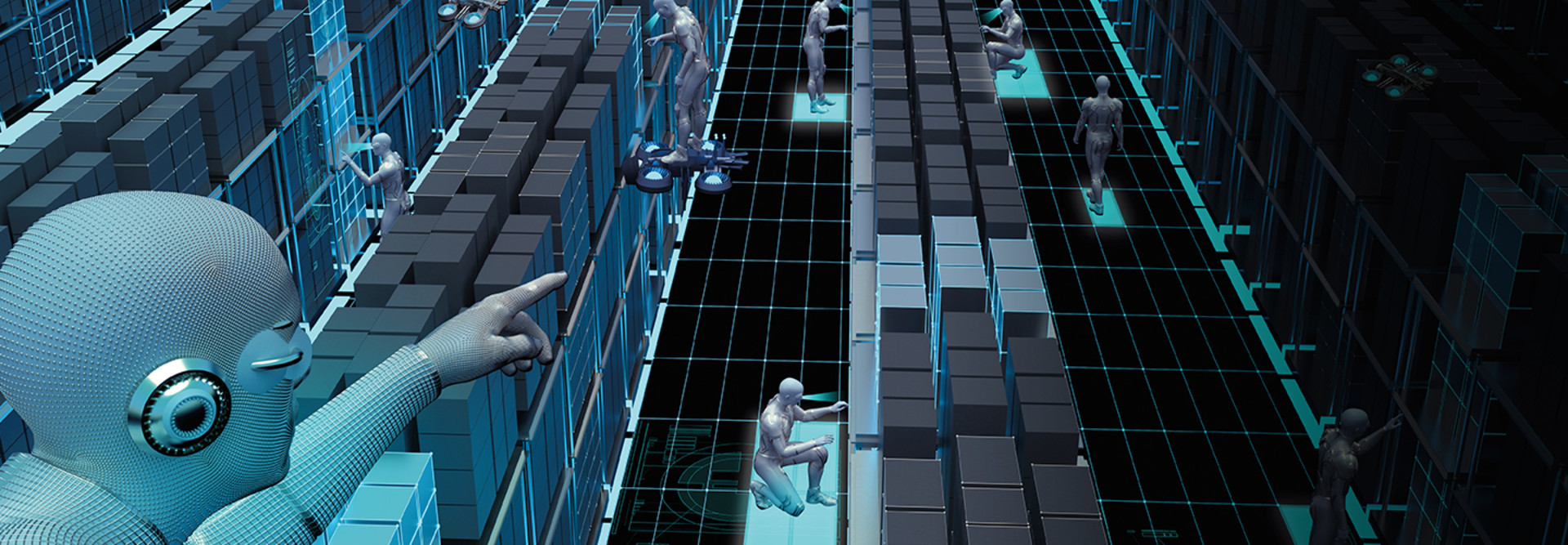Littleton would like to expand automated management to its wired network, but funding is a challenge, says Rogers. That money crunch is, however, one of the reasons that automation is in the future of public agencies, he says.
“The tighter budgets get, the better it is to have tools to make managing the network simpler and more reliable,” Rogers says.
EXPLORE: How can network segmentation enhance visibility for agencies?
Automation Enhances Government Networks’ Scalability and Flexibility
When Dublin, Ohio, a suburb of Columbus with a population of about 50,000, upgraded its Dublink fiber-optic network to 100-gigabit speeds to meet the needs of the city and enterprises headquartered there (Wendy’s and Nationwide Mutual Insurance, among others), innovative city leaders saw a chance to attract small businesses with the promise of reliable, high-speed connectivity to legacy venues.
“We had a backbone and could offer the network to providers for free, which is attractive to small business and works out better for the city than tax breaks,” says Dublin CIO Doug McCollough.
The city launched the project by deploying Juniper Networks tech at an older office park: a Juniper 3D Universal Edge Router, EX 3300 Ethernet switches and the SRX220 Services Gateway for VPN. Juniper’s Junos Space Network Director streamlines network management and centralizes provisioning, monitoring and reporting. During selection, it was important to mind costs but also ease of maintenance, available staff training, security and the scalability of the managed network over time, McCollough says.
“The automation and intelligence of the system gives us the reports we need, along with analysis of usage and bandwidth, and automatically balances the network,” he says. “The flexibility to easily expand the automated network infrastructure is also critical.”
The adoption of smart city technologies for public safety, parking access, traffic management and a host of other functions will make automated network management in the public sector increasingly essential, McCollough says.
“The Internet of Things is beginning to bear practical fruit, and we’ll need to add new policies, new security and new devices on a network that’s the size of 10 networks,” he says. “How are we going to manage that without automation and the flexibility it gives us?”
READ MORE: Find out how network segmentation can help defend smart cities.











